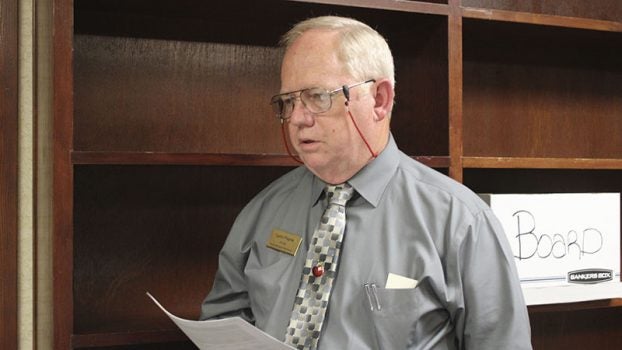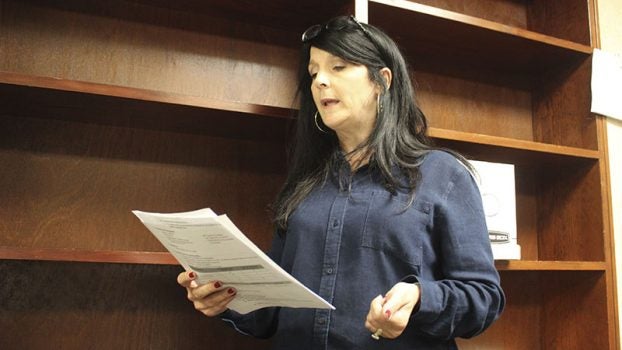Poplarville principals give accountability update
Published 7:00 am Wednesday, November 13, 2019
The Poplarville School District’s Board of Trustees heard accountability updates from District principals at their meeting Monday.
Poplarville Lower Elementary received a B accountability score from the state for the 2018 to 2019 school year.
Compared to previous years, the need for disciplinary action has decreased this year, said Lower Elementary Principal Sonya Garrett. There were 79 write ups for inappropriate behavior and 21 out of school suspensions the previous school year. As of Monday, there have only been 17 write ups for inappropriate behavior and one out of school suspension this school year.
Garrett credits the decrease to increased recess time and a social emotional learning curriculum the school purchased. As part of morning announcements, students watch videos from a behavior specialist on social emotional learning topics like empathy. Kindergarten students also receive the curriculum in their classroom.
Recess time was increased in the current school year to 30 minutes and the grades were split in half, so that children have better access to the playground equipment, Garrett said. Injuries during recess have also been cut in half, Garrett said.
Poplarville Upper Elementary received a C accountability score from the state for the 2018 to 2019 school year. Principal Lynn Payne said the accountability score was probably due to students’ math proficiency. English Language Arts scores were good, Payne said. The school has not had significant discipline issues, he said.
From the beginning of the current school year, the focus has been getting back on target with math, Payne said. Students who are not performing at grade level in math are receiving tutoring during the school day. The school also began a power half hour in all math classes to give teachers an opportunity to work with small groups on skills that students are deficient in, Payne said. There is a school wide focus on math facts, especially multiplication.
Once a week after school, teachers meet to discuss math curriculum and teaching plans. The school also created a mentoring program with more experienced teachers providing help for teachers with less experience, Payne said. The school has seen improvements already in math tests.
The Poplarville Middle School received an A accountability score. The school has set a goal to see a three percent increase in math and reading scores, said principal Heidi Dillon. The focus is on tier two instruction in the classroom, or instruction that targets students who are one grade level behind in the classroom so they do not have to be pulled out of class for tutoring.
Professional development is being teacher led, Dillon said. During planning time, teachers got together and observed classrooms throughout the school to determine a focus for professional development during the school day.
The Poplarville High School received an A accountability score for the 2018 to 2019 school year. Algebra 1 scores, English scores and the graduation rate make up 800 of the 1,000 point accountability model, Poplarville High School Principal Jon Will said.
English II scores decreased in the 2018 to 2019 school year, Will said. Examining the English curriculum made the staff realize the curriculum does not match the level of questions the state tests ask on reading literature and informational texts. The school has rebuilt its English curriculum. English teachers visited another school district that performed better on English to research ways to make effective curriculum changes.
Math proficiency grew from the previous year and the graduation rate grew almost nine percent over the 2017 to 2018 school year, Will said.
The school is also focusing on college career readiness, which improved in the 2018 to 2019 school year, as measured by the ACT. The high school staff wants to increase the number of students taking advanced placement or dual enrollment classes. Many students lose focus in their final semester of high school, and moving those students into the college arena is a way to maintain their interest in school, Will said.
The dual enrollment classes can be workforce focused as well as academic, Will said. However, workforce classes like welding have schedules that are more difficult to accommodate with a high school schedule. Pearl River Community College is working with the high school to get high school students into schedules that will work well, Will said.
Discipline referrals in the school are down.






